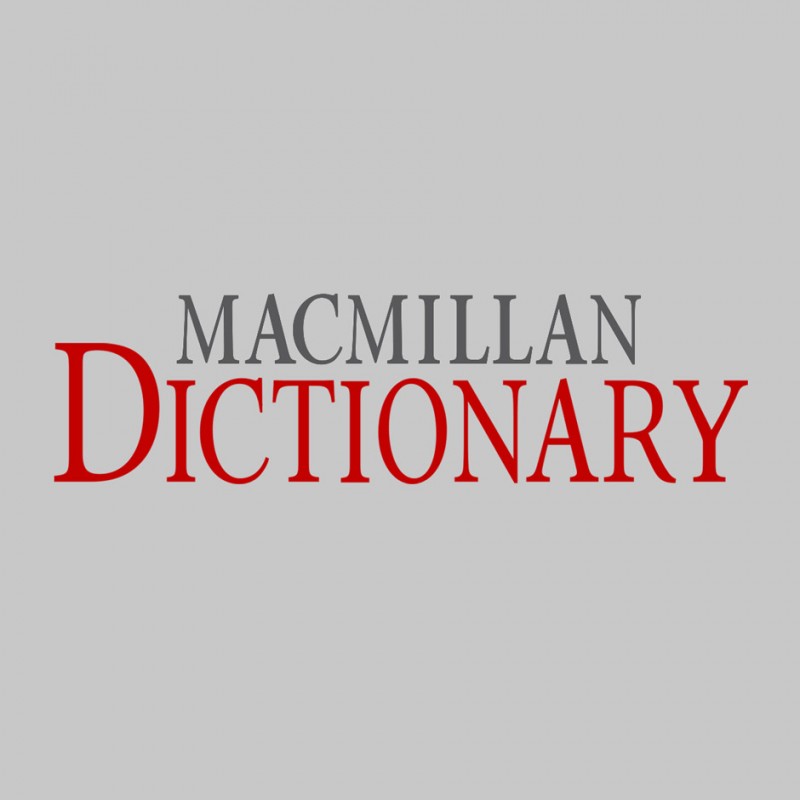Michael Rundell | May 7, 2012 | Macmillan Dictionary Blog
The Pennsylvania-based artist and illustrator, Victor Stabin has sent us a copy of his delightful book Daedal Doodle. It’s an ‘ABC’ for kids learning the alphabet—but with a difference. Books of this type usually employ familiar objects and animals (‘A is for Apple, B is for Bear’ and so on), but this one is based on rare words which Stabin discovered by scouring dictionaries to find unlikely pairs. These produce bizarre alliterations, accompanied by surreal illustrations. Each picture is helpfully provided with definitions—which is just as well because even lexicographers wouldn’t know most of the words being illustrated.
Two of the less obscure examples are bifoliated bonito (a fish similar to a tuna, with two leaves – you can find it here), and microcephalic minotaur (the mythical creature with a bull’s head on a man’s body, but in this case with an abnormally small head). The whole approach is counter-intuitive, but that’s what makes it interesting. Stabin has used this technique in schools, encouraging students to comb their dictionaries in order to find their own outlandish combinations and then draw pictures of them. By a strange coincidence, his first high-school assignment was in a class of 26 students, so they each worked on one letter of the alphabet.
Only a handful of the 50-odd words illustrated here appear in the Macmillan Dictionary—though we do have zygote, traditionally the last entry in most English dictionaries, which is paired with zooid in Daedal Doodle. This demonstrates both the vast range of English vocabulary (something we’ve discussed before), and the point that most of us, most of the time, get by pretty well with just a fraction of the available resources. It’s all about frequency: microcephalic, for example, occurs just 25 times in our 1.6-billion-word corpus, which makes it an exceptionally rare word. (Though, intriguingly, one of these 25 examples very nearly connects microcephalic with the minotaur: “Professor Henneberg has previously compared the remains against a microcephalic Minoan skull dating from 2000 BCE.”)
It brings us back to the old question of how words get in the dictionary. The strict ‘entry criteria’ we traditionally applied made perfect sense in the days of paper dictionaries: if you added a new item, something else would usually have to go in order to make room for it, so words like microcephalic didn’t stand much chance of getting into a general-purpose dictionary.
But with dictionaries now mainly in digital form, we find ourselves revisiting most of the conventional wisdom that guided us in the past. With unlimited lexical data at our disposal, and crowd-sourcing to complement our own lexicographic efforts, maybe one day children reading Daedal Doodle will be able to check the Macmillan Dictionary for its definitions of the picture illustrating the letter N: ‘nidus naga’s nucivorous nidicolous’.
[social_share/]

